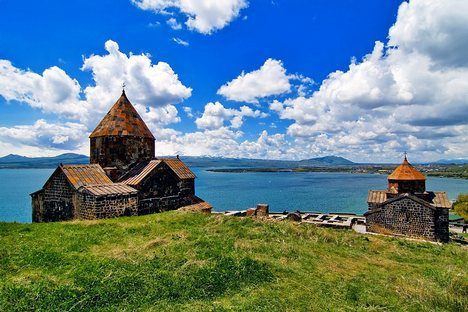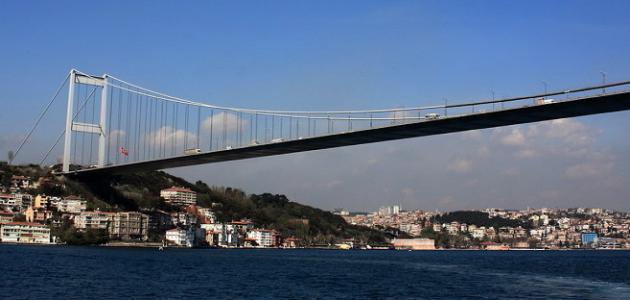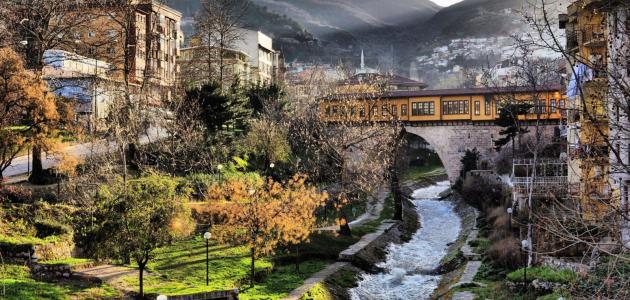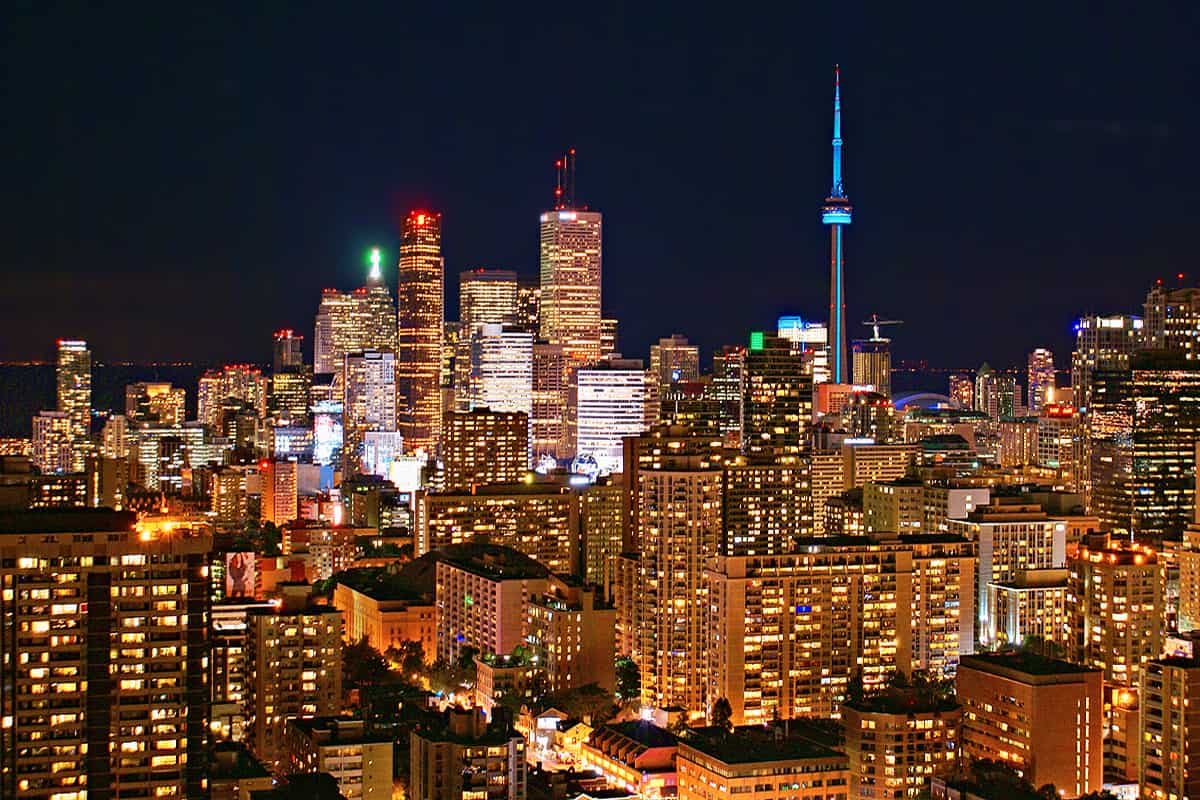Where is the city of Setif located? A question that comes to the minds of all those interested in Arab cities and its ancient history, and today we will answer you in Arab travelers this question, as we will give you all information about the history of this ancient city and its streets, and tourism in the beautiful city of Setif, so prepare for your travel bag to go to it … but after completion From reading this article first.
Table of Contents
Where is the city of Setif located?
Setif is located in the state of Setif in the state of Algeria, and the city of Setif is one of the most important Algerian cities due to its historical and economic value. The city is located in the state of Setif, which is the capital of the economy in the state of Algeria.
The city center in the heart of the state gave it a privileged position. And its geographical location precisely in the northeast of the state of Algeria, three hundred kilometers from the Algerian capital. And the height of the city to about 1096 meters above sea level.
History of the city of Setif
Setif is one of the ancient historical cities that dates back to the era of the Romens. It was called Azdiv, then it developed to be Setifis. With time, the name of Setif became the recognized name for this distinguished city, which means black soil.
Scientists have discovered that the city of Setif was the capital of the barbarians in 225 BC, then Charchal became the capital and much less interest in Setif and was mentioned only through the revolutions carried out by the people of the region and surrounding areas to get rid of the control of the Romens.
The people of Setif were an integral part of the resistance that arose against the Romens from the time 17 AD to the year 24, but the rule of the Romens continued and in AD 97 AD the first colony of ancient army was established in the ancient city of Setif, and the choice of Emperor Nerva fell on this city because Its privileged location.
It has been and still is the distinguished location of the city of Setif, a reason for the ambitions of its enemies, for exploitation in the war because of its height above the surface of the water and the presence of many plateaus and highlands on its land. The city was also considered a global center for the exchange of grain and grains, as it was used in the past as a center for storing wheat for Rome.
In the year 306 AD, Emperor Constantine I recognized Christianity, which affected the city and led to the emergence of many Christian neighborhoods, such as the city’s churches district. With Islam entering the city, a lot of things changed, the most important of which is the status of the city. The Fatimids considered it a holy city. Then the Ottomans came after them, and they also gave the city a lot of attention. They built many monuments during their rule of the city, and they built an Islamic neighborhood.
The Ottomans built the Abu Dhar al-Ghaffari mosque, and the ancient mosque in the heart of the city, and the Ottoman ruins still remain in all parts of this part of the eternal city. The rulers followed the city until the French colonization came to destroy the dreams of Algeria in 1830 AD, and the march on the city of Setif began in 1848 AD.
Tourism in the city of Setif
Setif is one of the most important tourist cities in Algeria, and this is due to its distinguished location and a long history dating back to BC.
Sightseeing in Setif
The ruins in the city of Setif vary to include Islamic, Romen, and Fatima ancient ruins, and the most important tourist areas in Setif:
- Sokhna bath.
- Gargur Bath.
- Teban Boys Bath.
- Hammam of the Righteous in Setif.
- Beautiful edifice.
- Blair’s neighborhood.
- Bomershi district.
There are also a large number of archaeological and modern mosques in the city of Setif, in addition to a distinguished number of commercial and economic activities that contribute to attracting tourists to this exceptional region.
The climate of Setif is similar to other Algerian cities, with cold and rain increasing in the winter with occasional snowfall, while Setif has a hot dry summer like most of the cities in Algeria.
Setif city streets
The streets of the city of Setif have witnessed many unforgettable events, conflicts and revolutions, and perhaps the most prominent of these streets are:
Negro neighborhood streets
This neighborhood dates back to after the Al-Muqrani revolution, whose failure led to the gathering of many families in this old neighborhood and the construction of small brick houses. The original inhabitants of Algeria were living in this neighborhood, victims of wars, and some freed slaves.
This neighborhood was called the “Village of Al-Niqru”, and more than 800 families lived in 1917 AD. Today its name has changed to “Theljan neighborhood” or “Bomershi”.
The Blair neighborhood in Setif was built on the remains of the old Negro neighborhood, and the lands of the old houses were used to build villas and homes for Europeans and some retired leaders, of course with the approval of the French occuAl Bahahn authorities.
The streets of Setif have witnessed many events, some painful and joyful, but it is certain that this steadfast city is a true symbol of resistance and survival.
:
1








